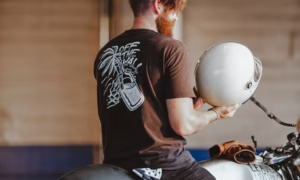Many riders over in the UK and Europe are now leaning toward modular helmets simply because they offer a neat...
Read Moremotorcycle helmets page
how to use this page ? first use the smart gear finder tool (at this link) to assess your needs. second see which type of gear listed below matches your needs. third check the buying guide and blogs to confirm your choices. fifth buy from retailer listed belw
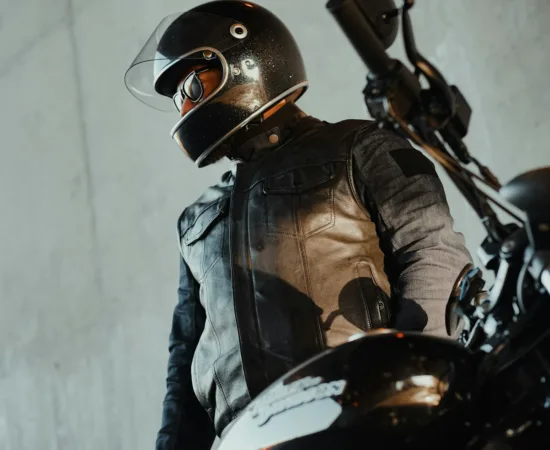
Full Face Helmet
Use: Sport, touring, commuting. Features: Encloses chin and jaw, visor, ventilation. Pros: Maximum coverage, highest impact protection. Cons: Race-spec fit can feel tight or claustrophobic.
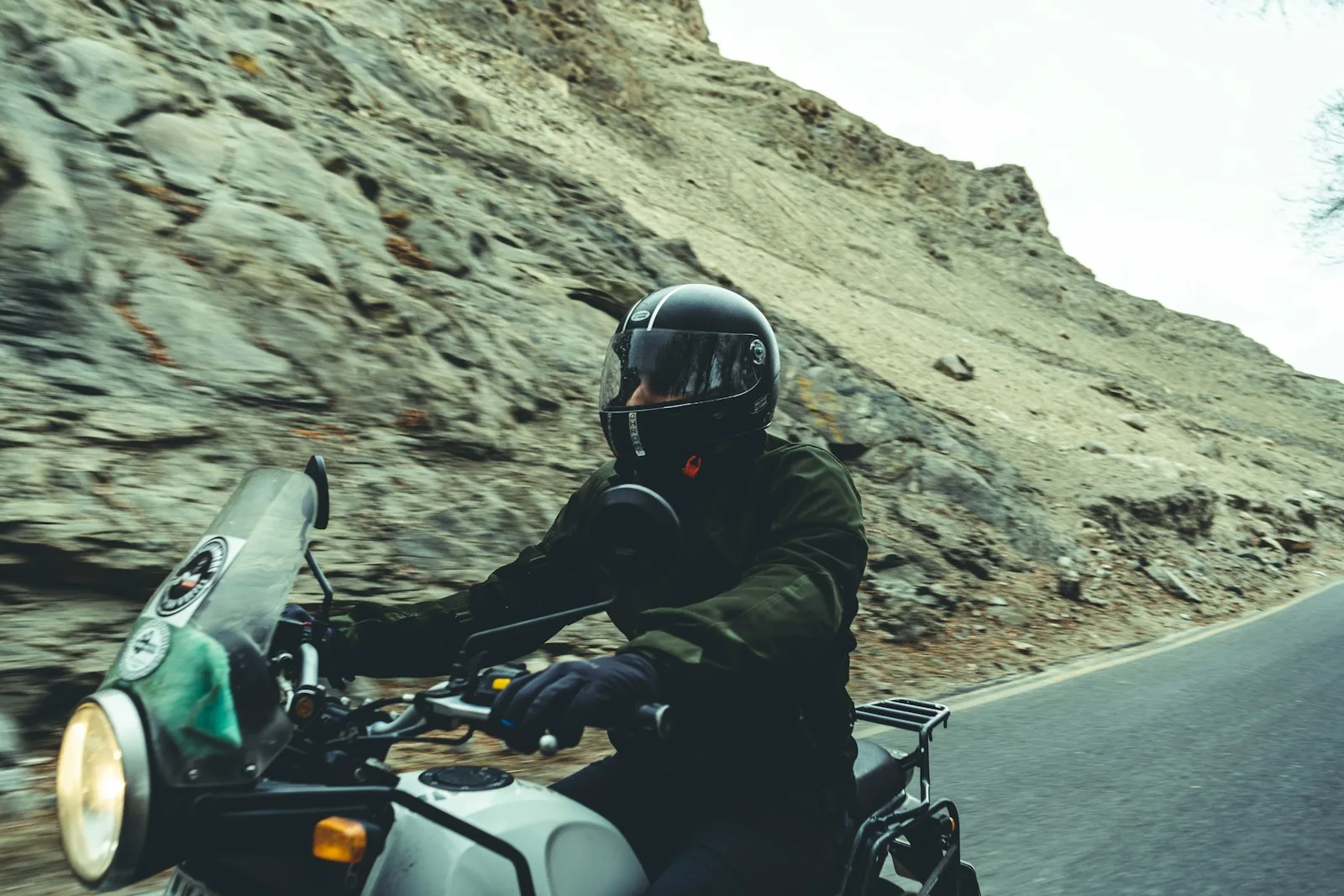
Touring Helmet
Use: Hot-weather and urban riding. Features: Full mesh panels, CE armor, reflective piping. Pros: Excellent ventilation, ultra-light. Cons: Not waterproof, minimal insulation.
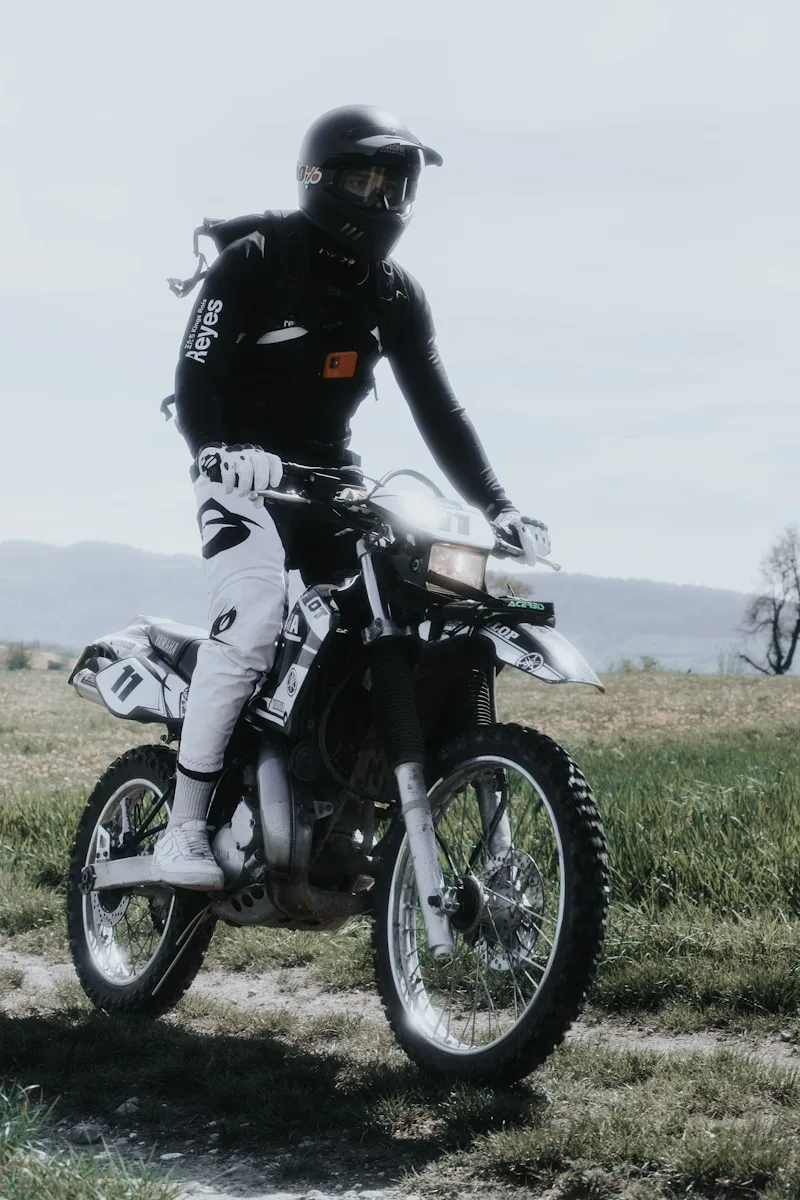
Enduro Helmet
Use: Dirt biking, motocross, off-road trails. Features: Extended chin bar, peak visor, goggle compatibility. Pros: Maximum airflow, strong off-road protection. Cons: Noisy and drafty on highways.
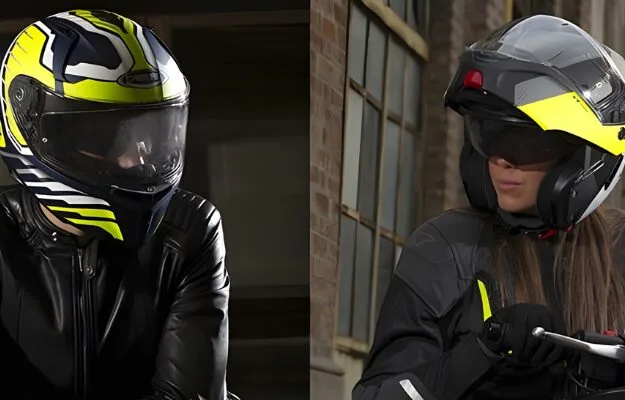
Modular Helmet
Use: Touring, commuting with flexibility. Features: Flip-up chin bar, dual full-face/open-face function. Pros: Versatile, easy for quick stops and communication. Cons: Heavier and bulkier than standard full-face.

Winter /Heated Helmet
Use: Cold-weather, sub-zero touring. Features: Heated visors/elements, anti-fog design. Pros: Clear vision and comfort in freezing rides. Cons: Requires power source, heavier than standard helmets.
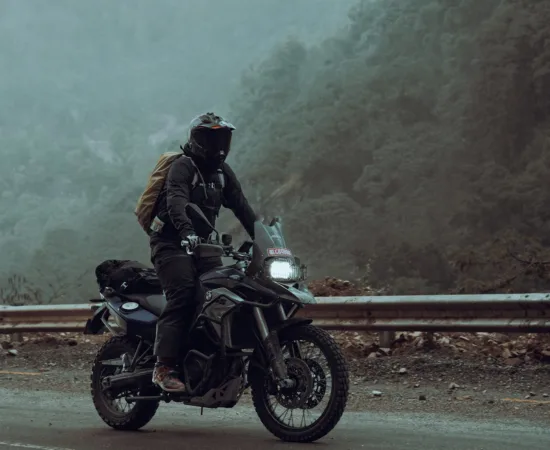
Adv Helmet
Use: On/off-road adventure touring. Features: Hybrid street/off-road design, visor peak, goggle-ready. Pros: All-terrain versatility, balanced protection. Cons: Louder and heavier than standard street helmets.
goodgearhub affiliate network
You can shop from some of the worlds best retailers below. the goodgearhub affiliate network. today with grace we are lucky to have them in our network. any purchase you make might entitle us to a small commission with no extra cost to you.
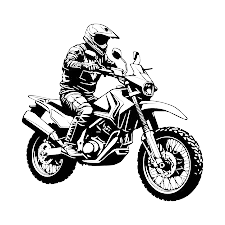
Motorcycle Riding Gear — USA
- RevZilla (USA) Shop RevZilla →
- JP Cycles (USA) Shop JP Cycles →
- MotoSport (USA) Shop MotoSport →
- Suunto (US / Global) Shop Suunto →
Motorcycle Riding Gear — Europe
- Belstaff (UK) Shop Belstaff
- Alpinestars — Shop Italy – Shop UK – Shop France – Shop Spain – Shop Denmark– Shop Rest of EU
- FC-Moto (DE / UK / FR) Shop FC-Moto →
- Motoin Shop Motoin — Austria • Shop Motoin — Denmark • Shop Motoin — Spain
goodgearhub detailed motorcycle jacket buying guide
Motorcycle Riding Helmets — Best Picks & Buying Guide
Motorcycle riding helmets aren’t just accessories — they are your single most important piece of protective gear. In a crash, your head is the first and most vulnerable point of impact. A helmet not only reduces the risk of fatal injury but also protects against wind fatigue, noise, weather, and debris.
Whether you’re doing a quick coffee run or a cross-continent tour, the right helmet can mean the difference between life and death, or between comfort and misery.
Why You Shouldn’t Ride Without Motorcycle Riding Helmets
Many riders skip helmets on short rides or choose non-certified novelty helmets. Here’s why that’s a mistake:
No certified protection – Cheap helmets may not meet safety standards like ECE 22.06, DOT, or Snell.
Increased fatal risk – Head injuries are the leading cause of rider deaths.
No noise or wind reduction – Fatigue and hearing loss can set in quickly.
Poor weather protection – Rain, dust, and debris directly hit your face.
A proper motorcycle riding helmet is engineered with multi-layer shells, EPS foam liners, secure straps, ventilation systems, and visors — all designed for real-world crashes and conditions.
Types of Motorcycle Riding Helmets
Full-Face Helmets
Use: Street, sport, touring, daily riding.
Features: Chin bar, aerodynamic shell, full coverage.
Pros: Maximum protection, reduced wind noise, good high-speed stability.
Cons: Less airflow compared to open-face styles.
Modular (Flip-Up) Helmets
Use: Touring, commuting, versatile riding.
Features: Flip-up chin bar, some with dual homologation for open/closed use.
Pros: Convenient for stops, easy communication, good protection.
Cons: Heavier and noisier than standard full-face helmets.
Heated Helmets
Use: Winter, cold-weather, long-distance riding.
Features: Built-in heating elements, anti-fog visor systems, USB or battery powered.
Pros: Keeps visor clear in freezing conditions, added comfort on cold rides.
Cons: More expensive, requires charging or wiring.
Touring Helmets
Use: Long-distance and highway touring.
Features: Aerodynamic design, plush interiors, built-in sun visors, noise reduction.
Pros: Comfortable for hours, stable at speed, premium ventilation.
Cons: Usually heavier and pricier.
ADV (Adventure) Helmets
Use: Adventure touring, mixed on-road/off-road terrain.
Features: Extended visor peak, wide viewport, off-road style chin bar.
Pros: Works with goggles, excellent airflow, good field of vision.
Cons: Can be noisy at highway speeds.
Off-Road Helmets
Use: Dirt, motocross, enduro.
Features: Large visor opening, extended chin bar, lightweight shell.
Pros: Maximum airflow, designed for dirt riding, easy goggle use.
Cons: Not suited for high-speed highway use or cold climates.
What to Look for in a Good Motorcycle Riding Helmet
Safety Certification – Look for ECE 22.06, DOT, or Snell.
Shell Material – Polycarbonate, fiberglass, or carbon fiber.
EPS Liner – Multi-density for impact absorption.
Fit & Retention – Snug fit with a D-ring or micrometric buckle.
Ventilation – Intake and exhaust vents for airflow.
Visor Quality – Anti-fog, anti-scratch, wide field of view.
Noise Reduction – Aerodynamic shell and proper padding.
Weight Balance – Light enough for long rides without neck strain.
How to Pick the Right Motorcycle Riding Helmet for Your Ride
Ask yourself:
Where do you ride most — city, highway, off-road, track?
What’s the climate — hot, cold, wet, mixed?
How long are your average rides?
Then choose:
Full-face – for everyday protection on road.
Modular – for touring convenience.
Open-face – for city and cruiser riders.
Dual-sport – for mixed terrain adventures.
MX – for off-road only use.
Care and Maintenance of Motorcycle Riding Helmets
Clean outer shell with mild soap and water.
Wash removable liners regularly.
Replace visor if scratched or fogging.
Never use harsh chemicals on EPS liner.
Always air dry after wet rides.
Replace helmets every 5 years or after any crash impact.
Fit, Sizing & Comfort Tips — Read Before You Buy
Fit First, Then Features
Helmet should be snug without pressure points.
Should not move when you shake your head.
Straps must tighten securely without choking.
How to Measure Right (If Buying Online)
Measure head circumference above eyebrows.
Compare with the brand’s sizing chart.
If between sizes, choose the tighter fit.
Shell Sizes & Padding
Premium brands offer multiple shell sizes for better fit.
Check for replaceable or adjustable padding.
Use thinner or thicker cheek pads for customization.
Seasonal Fit Tips
Hot weather – prioritize ventilation.
Cold weather – look for breath guards and chin curtains.
Mixed weather – consider pinlock-ready visors for fog control.
Quick Recap — Motorcycle Riding Helmets Fit Tips Checklist
Measure head size accurately.
Always check for proper certifications.
Ensure snug fit without hotspots.
Test visor clarity and sealing.
Choose helmet type based on riding style.
goodgearhubProTips for Motorcycle Riding Helmets
Never buy used helmets — unseen damage compromises safety.
Upgrade to Pinlock visors for fog-free riding.
Keep a tinted visor for daytime and a clear one for night.
If touring, modular helmets save hassle at fuel and food stops.
Always replace after a crash, even if damage isn’t visible.
motorcycle helmet blogs
Best Helmet buying Guide 2025
When riding safely, nothing matters more than the helmet on your head. It’s your go-to piece of gear – the...
Read MoreBest Adventure Motorcycle Helmets of 2025
Adventure riding isn’t just about clocking miles—it’s tackling tricky terrain, braving unruly weather, and following wherever the road (or rugged...
Read MoreBest 5 modular helmets of 2025
Let's jump right in: your helmet makes a world of difference when it comes to staying safe, feeling good, and...
Read MoreBest Quietest Helmets of 2025
Best Quietest Helmets of 2025 Part 1: Understanding Helmet Noise and Quietness Why Helmet Noise Matters Wind noise sneaks up...
Read MoreBest Full-Face Helmet Buying Guide 2025
Your helmet is the most critical piece of riding gear – it keeps you safe, boosts performance, and stays comfortable...
Read MoreECE and DOT helmet safety standards
You might have noticed your helmet stamped with something like “DOT approved” or “ECE certified” and wondered what that truly...
Read More